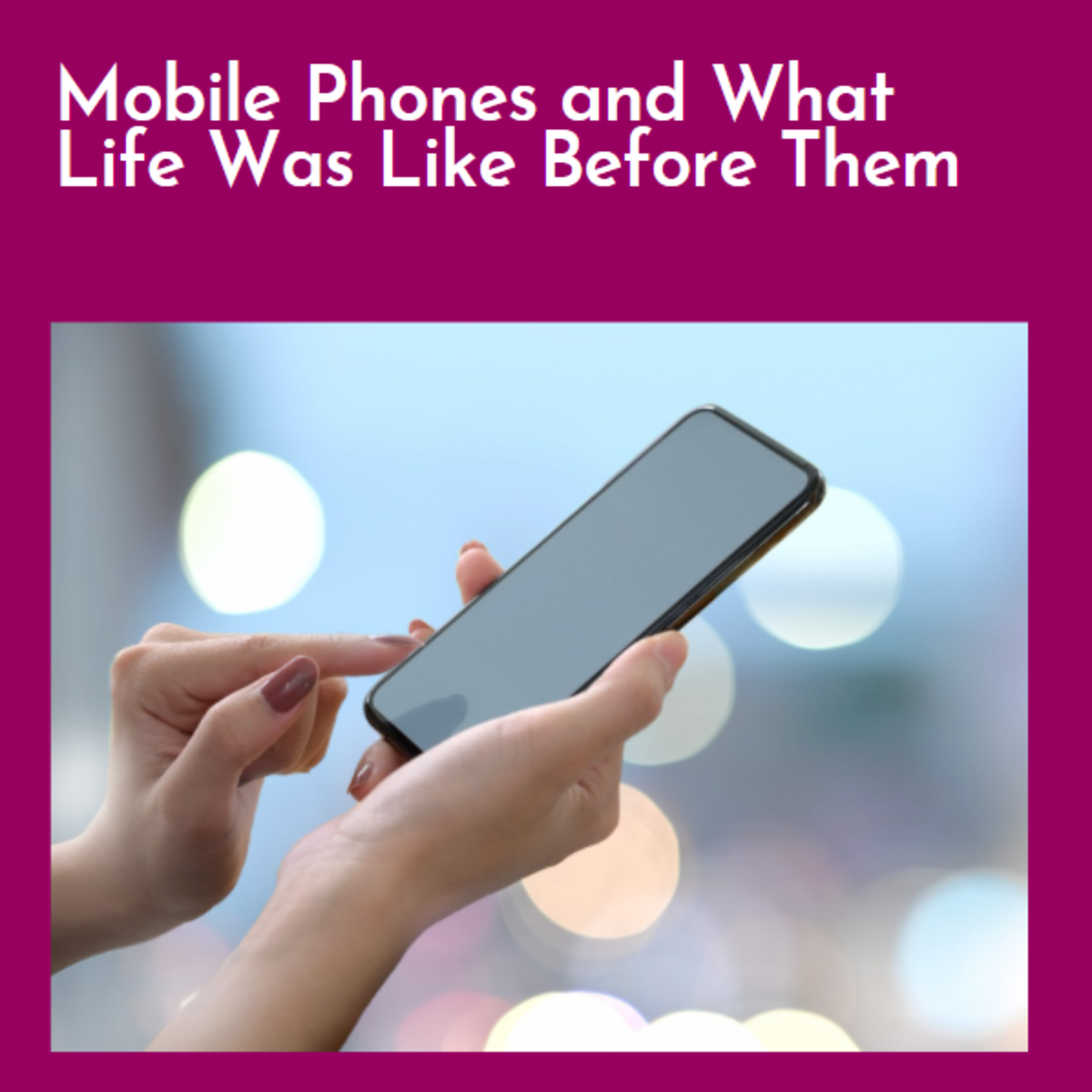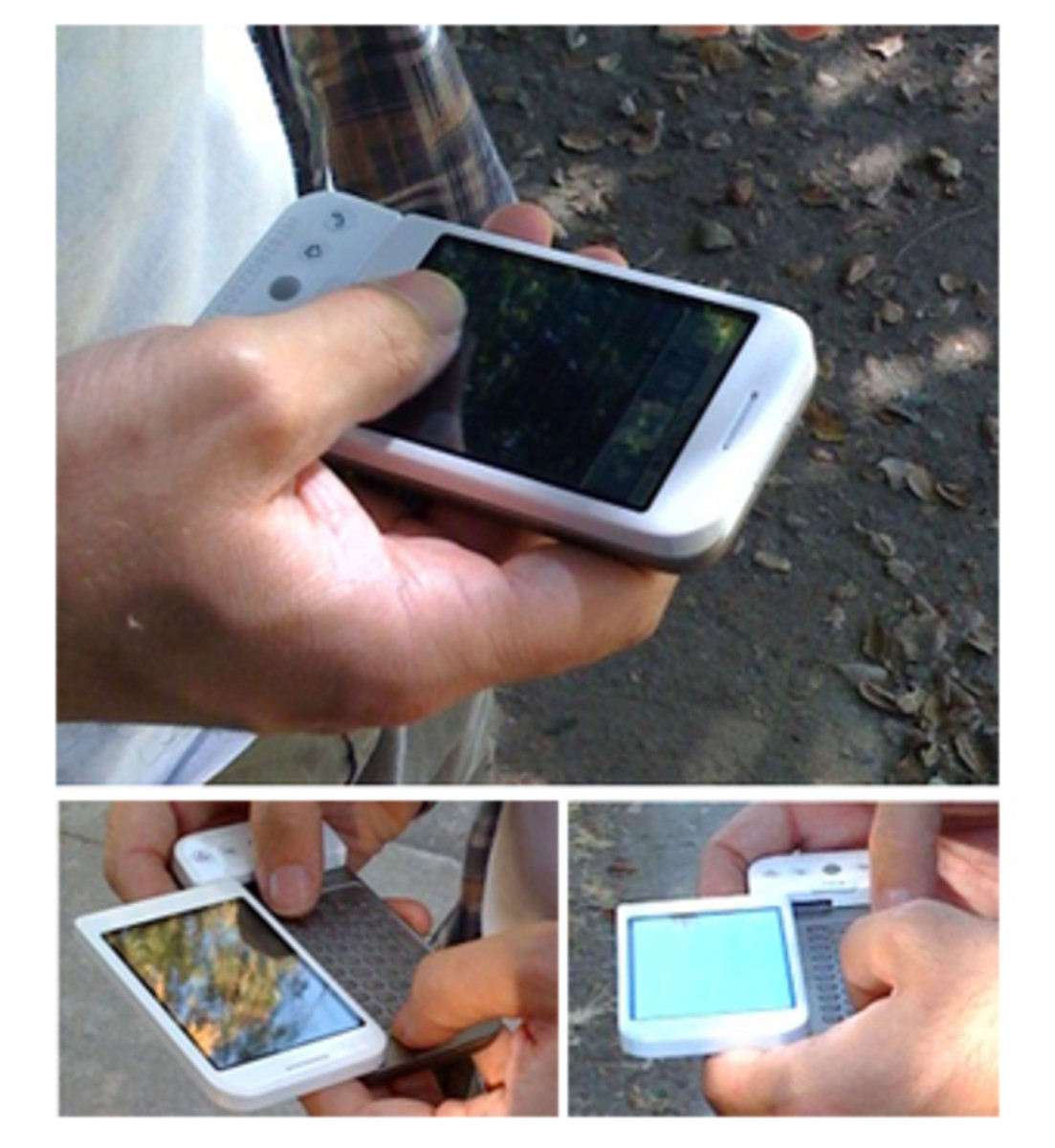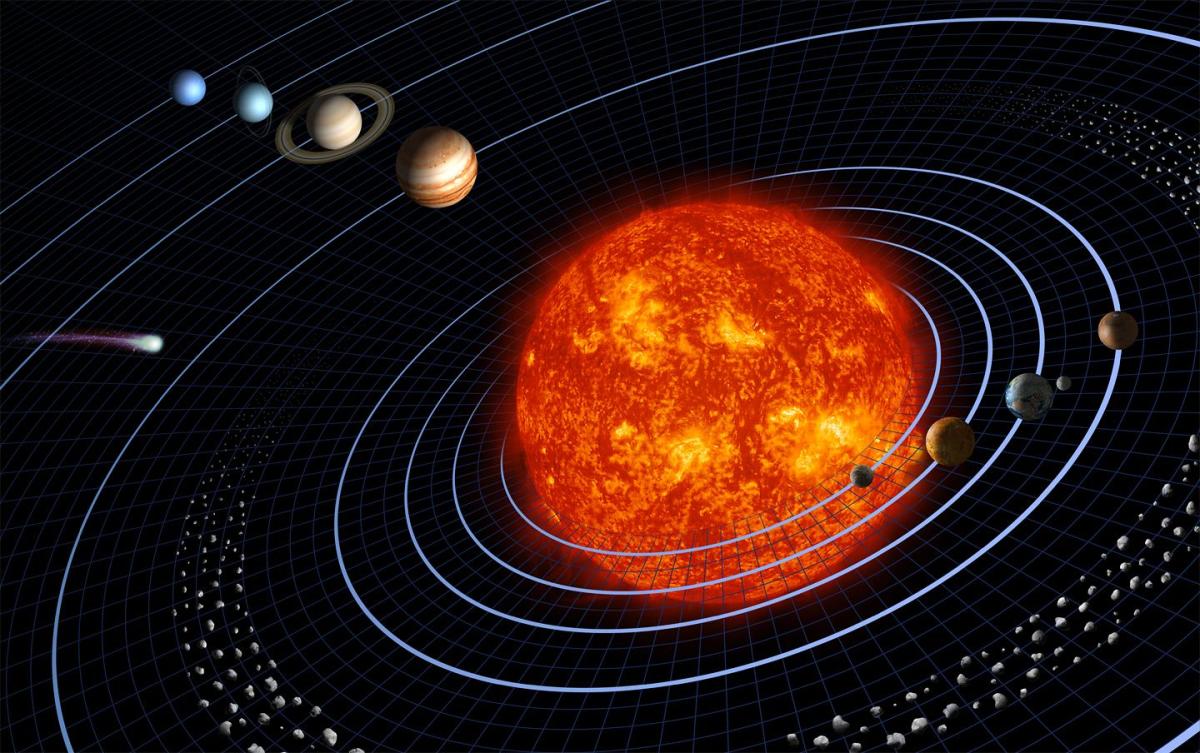13 Odd Items We Used in the 90s
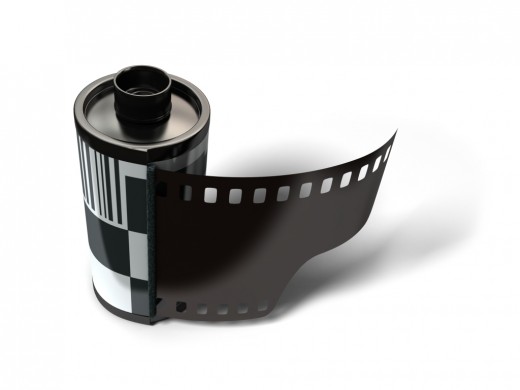
If the time-machine and traveling throw time and space was really possible and we had an opportunity to travel between the last three decades, we would remember many items that are forgotten now. Items that our children will find strange and weird.
Do you remember, that mobile phones didn't exist, and yet we could survive with old.... wired.... heavy.... phones ...
Have you forgotten " the box " we had in our living rooms that didn't allow us to change those couple channels without doing it manually, do you remember when we were preparing for vacations we had to make a stop at the photo shop to buy photographic films?
All these memories are same for many of us who lived through those "simple" years, but for new generation it all seems odd and weird. Let us take a closer look and remember some of those "weird items" of our past.
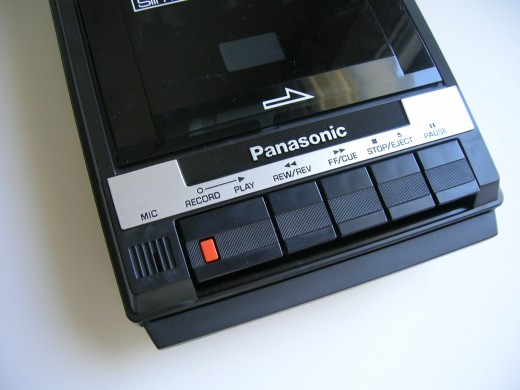
Tape recorder
These recorders were much heavier and larger in size in compare to tiny iPods and mp3 players of nowadays. But size or weight never bothered us at all. Tapes, that we used, many times contained self made collections of songs. Many of us created such tapes with love songs and gifted them to a beloved person. The funny sound of the "rewind" for today's kids is something odd. Tapes were replaced with CDs, tape recorders with CD player and later with memory cards and USB devices that can hold thousands of song.
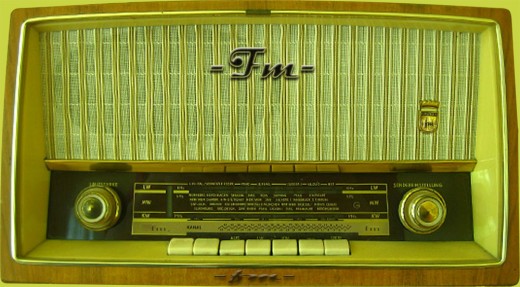
Old Radio
One more music device from the past, that has involved as well , is radio. When using an old radio, in order to find a station, we had to do more that just touch a screen or press button. It had to be done manually by turning round the button and moving radio "pointer" "needle" to the correct frequency. We never knew immediately what station we were listening as there was no led screen to inform us about the exact frequency and station name.
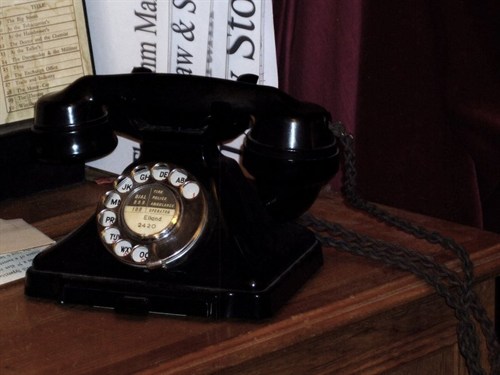
Traditional Landline telephone system
Mobile phones came to everyone's life during '90s, they managed to became one of the most necessary gadgets of our life. It gave us a possibility to communicate anytime and anywhere with each other (probably because human being is lonely after all and is seeking for constant attention.) But long before mobile phones invaded into our lives the only available communication service we had in our houses was a strange heavy and big telephone. The telephone had imprinted numbers from zero to nine and a wheel with holes.
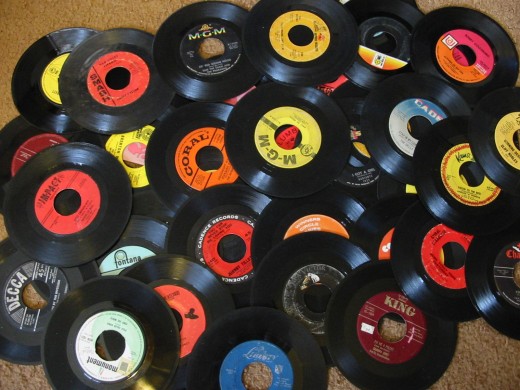
Vinyl Records
Most people still are collecting those records, They store them with a pride on the collection shell and keep them. Others still listen to them when they feel nostalgia for old time. New generation of our times demands the flawless sound of mp3 and mp4 and many time wonders how this noisy devices/ records still can be listened to.
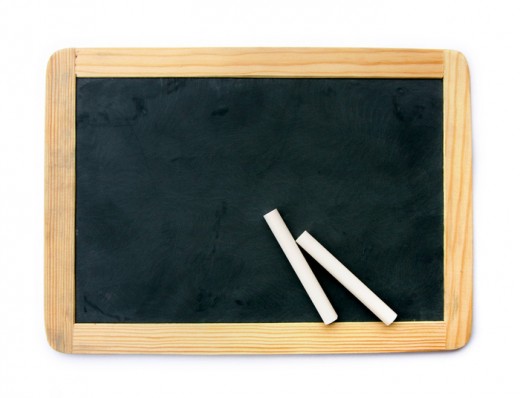
Chalk
Charming sound of chalk we used for writing on the blackboard, when our teacher invited us to the blackboard to find a solution of exercise, these are now very sweet memories of our school years. But new millennium brought replacement of chalks with bord markers and blackboards with metal bords. Only memories are left from chalks and blackboards our times.
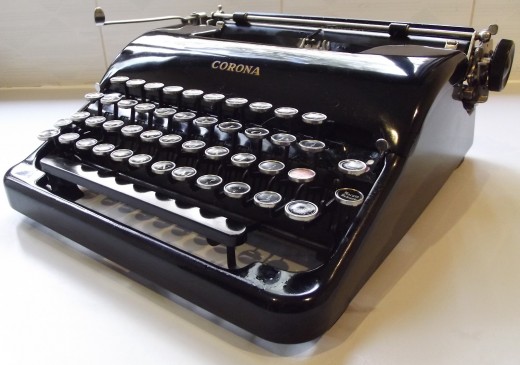
Typewriter
Using the keyboard of the computer, or laptop may be the easiest and the fastest way to insert data for the new generation, but the truth is, that it feels nothing like the old-fashioned typing on a typewriter, where you could hear every single one stroke, where you had to change the line manually after the bell rang, and last but not least where you could smell the ink. Unfortunately due to lack of sales, no more typewriter machines are being produced, as even the last factory has closed.
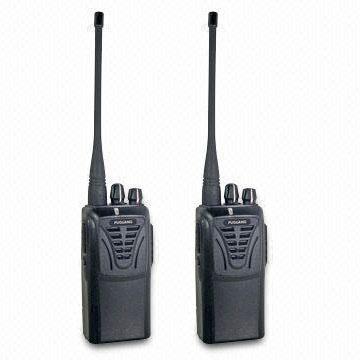
Walkie Talkie
This used to be the favorite gadget of the children in the '80s and '90s. A revolutionary telecommunication device that could connect two persons within a short distance without wires. It is the technological evolution of two plastic cups connected with a string, our "old-fashioned mobile phones" which later had been replaced by the mobile phones used today even by children.
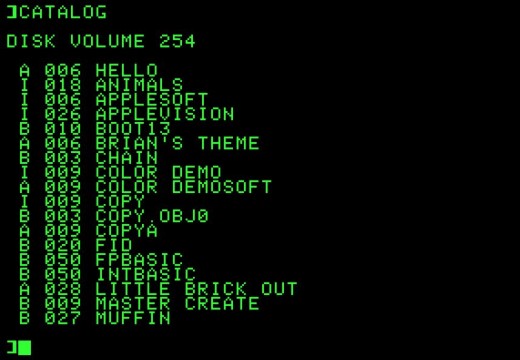
MS DOS
If Bill Gates and Steve Jobs are fathers of today's computing systems, then MS DOS is the mother of computing system. No one can forget those huge computer devices with the black screen and the flashing green letters, the square disks . MS DOS is "Chinese" for our children. It can be compared with "terminal" of computer. In order to use MS DOS type computer, we had to know special commands such as "run" and "dir". Some of those are still being used in different programming languages.

Photographic Camera
Photographic camera was a device that had the same utility as today's digital camera. The first difference is that you could not record video as with Digital cameras today. In order to take a picture ,old cameras needed a photographic film, which we had to buy and use only for limited number of shouts. Photographic film was not allowed to be seen by daylight as even small ray of light could destroy the film. You couldn't take a picture and see if you like it and delete it or retake new one. The mater of fact, you never knew what would be the result of every picture you took until you finish all remained shouts and take camera to photo shop to revile your photos. I guess with new digital technology, factories that were producing photographic films, now are closed.
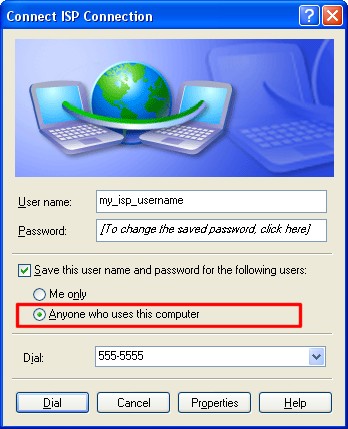
Dial-up connections
I remember the beep sound from the modem on your desktop whenever it "dialed" to access the internet. Speed of internet was tortoise and talking to the phone at the same times was unable. This was used until the revolutionary option of ISDN, where you can use both internet and phone at the same time. Dial up connection has survived in some regions. Internet nowadays is fast and even PSTN system got "line divider" for double use. (phone and internet)
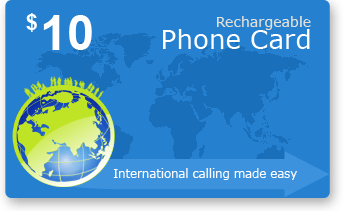
Phone Cards (telecards)
Phone cards were used extensively during the previous decades, where neither 4G or Skype was an option. We all had to buy a calling card, put it in our pocket, and use it every time we were outside and needed to communicate with someone. The problem was when you could hear a beep during the conversation, warning you that the money are ending and so will your communication. Many people started collecting the calling cards and paid enough for some rare ones. Each card had an interested printed theme on it and was different from country to country. Now these cards are just memories of the old times.

Trains
There was times when trains were moving with steam but latter had been replaces with charcoal, disel and electricity trains. Steam trains had to care with them water that was boiling and producing steam which gave to the train possibility to move. Such trains were very slow, but they were widely used in UK and many other countries. Generally trains are still remain as the cheapest transportation mean.
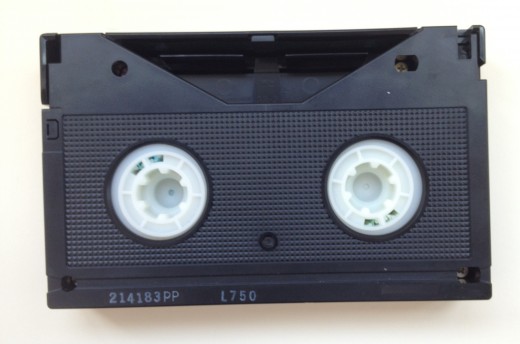
VHS
The last and not the least is VHS. Video Home System is something that we all had in our houses. Videotapes are ancestors of DVD. But it seems that even DVDs now are being used not as often. New devices came on market that have an ability to replay any data (movies or music) from simple usb or memory card.
Those were 13 things from last 3 decades that new generation finds weird....
Hope you enjoyed it.
Do you still keep any old VHS ?
Old Telephone Ringing
Visit my other articles
- We do cast spells on request based on needs and demands of our clients
Cast Spell is a website that provides a wide range of spells, prayers and rituals which are designed to help those who are in need of Spiritual help. Cast Your Spell with Us and Enjoy our guaranteed services. - How To Remove Evil Eye - What is Evil Eye - Get Rid ...
Removing evil eye has been done for many centuries and it can be achieved via spiritual connection and prays. Evil eye is actually a type of curse that must be removed immediately to avoid problems. - Signs and Symptoms of Anorexia Nervosa in Teens
What is Anorexia Nervosa ? Which are the signs and symptoms? How to recognize Anorexia in Teens and Adults? What to do? Is there any Treatment? Teens and Anorexia. - Greek Mythology - Forgotten Gods
BELLOW YOU CAN FIND A LIST OF GREEK GODS - Positive Psychology and Stress Management
What is positive psychology? How to manage your stress with mindfulness. Practice of mindfulness. How to be happy? How positive psychology affects us? All these can be found in the article.

